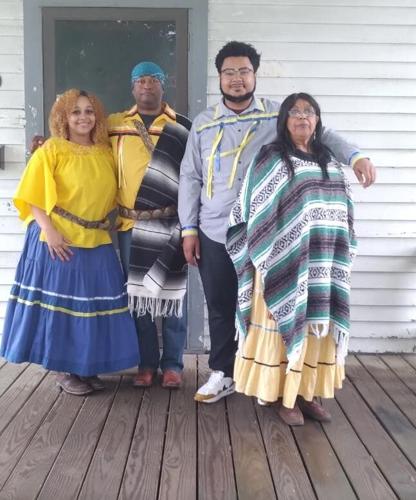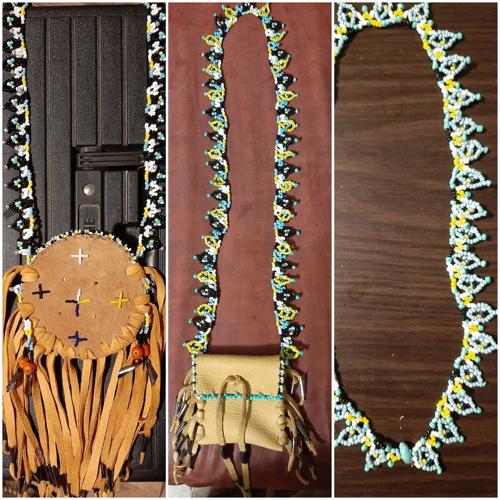Tribe welcomes Lafayette Parish’s renewed interest in heritage & traditions
BY AMANDA MCELFRESH via The Advocate (May 28th, 2023)

One of the least-known Native American tribes in South Louisiana is taking significant steps to showcase its heritage and educate people about its members’ traditions and customs.
The Coco tribe is the Easternmost branch of the Apache and were the first Apaches to trade and interact with the French. They originally settled in areas along the Vermilion River as well as portions of St. Martin Parish and Bayou Tortue. Chief Cougar Goodbear, the lifelong Chief of the Coco Tribe of Canneci Tinne of Lafayette, said the name came from one of its original leaders, Chief Coco. But over time, other tribes and European settlers forced the Coco off of the land, pushing them further into Lafayette Parish, as well as Broussard and Breaux Bridge.
“There were other tribes and the planter elite Cajun French who coveted the land. The tribe was considered unwanted, so when they were successful in exiling Chief Coco, the tribe was scattered further around what is today Acadiana,” Chief Goodbear explained.
The resettling was a trying time for the Coco and came during an era when both Native Americans and new settlers were attempting to establish their presence in the Lafayette region. Despite their moves, the Coco maintained an intimate connection with the land, particularly water, which is deeply rooted in their culture and continues to be an important aspect of their identity today. This can be seen by the Coco tribe’s tendency to settle near rivers, bayous and other Acadiana waterways. Hunting and fishing have always been essential to the tribe, and many members have also been known as skilled farmers who cultivated crops such as corn, beans and squash.
Chief Goodbear said that commitment to its history and talents have helped the Coco survive over the centuries as Lafayette Parish grew and developed. Although the tribe never garnered as much recognition as other larger tribes that also located in Louisiana, its members were leaders in creating a precursor to one of Lafayette’s favorite traditions – Mardi Gras.
“The tribe has a spirit dancer that would dress and wear a mask, then dance in a certain area to clear the space of negativity,” he explained. “At one point, it was seen in a negative light and they were called devil dancers. Some people perceived it in a negative way. But, the times did eventually change and evolve and more people became accepting and understanding of the practice.”
As Lafayette Parish’s population has become more diverse over time, Chief Goodbear said more people have expressed an interest in learning about the Coco. The tribe has embraced these new opportunities by hosting public events and workshops that highlight their traditions.

“I think people are more open today and are very curious,” he said. “When we are at an event and show our drumming and beadwork, people are fascinated that we preserved this and didn’t let it die. This has been in Lafayette’s backyard for centuries and so many people had no idea until more recent years.”
Chief Goodbear said the tribe has also purchased property at 400 Lee Avenue in downtown Lafayette with plans to open a Coco museum there within the next year.
“We have so many pieces of jewelry and artifacts and no place to put them,” Chief Goodbear said. “We wanted a central place to house the tribal history. We plan to bring people here for workshops as well. It’s to show Lafayette and the general public that the Coco tribe is still here and still relevant and that our culture and language is still intact.”
